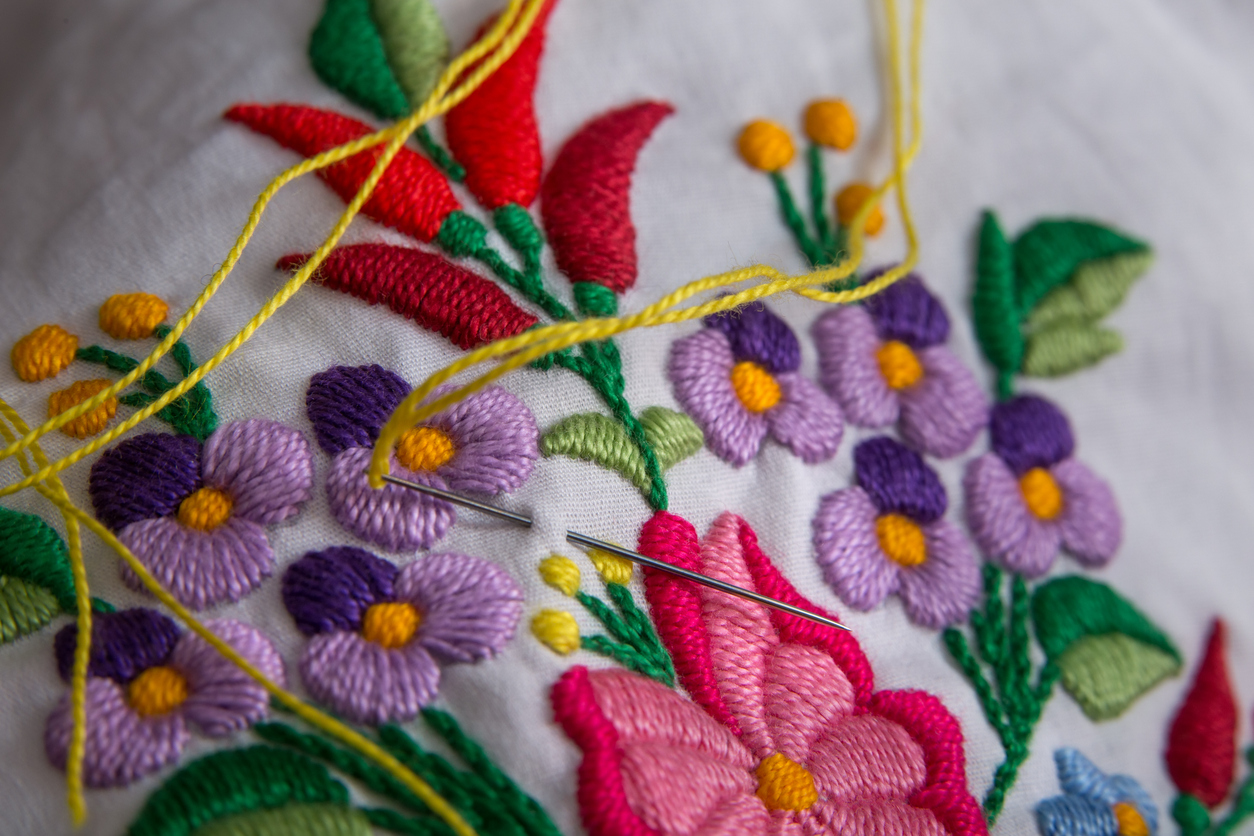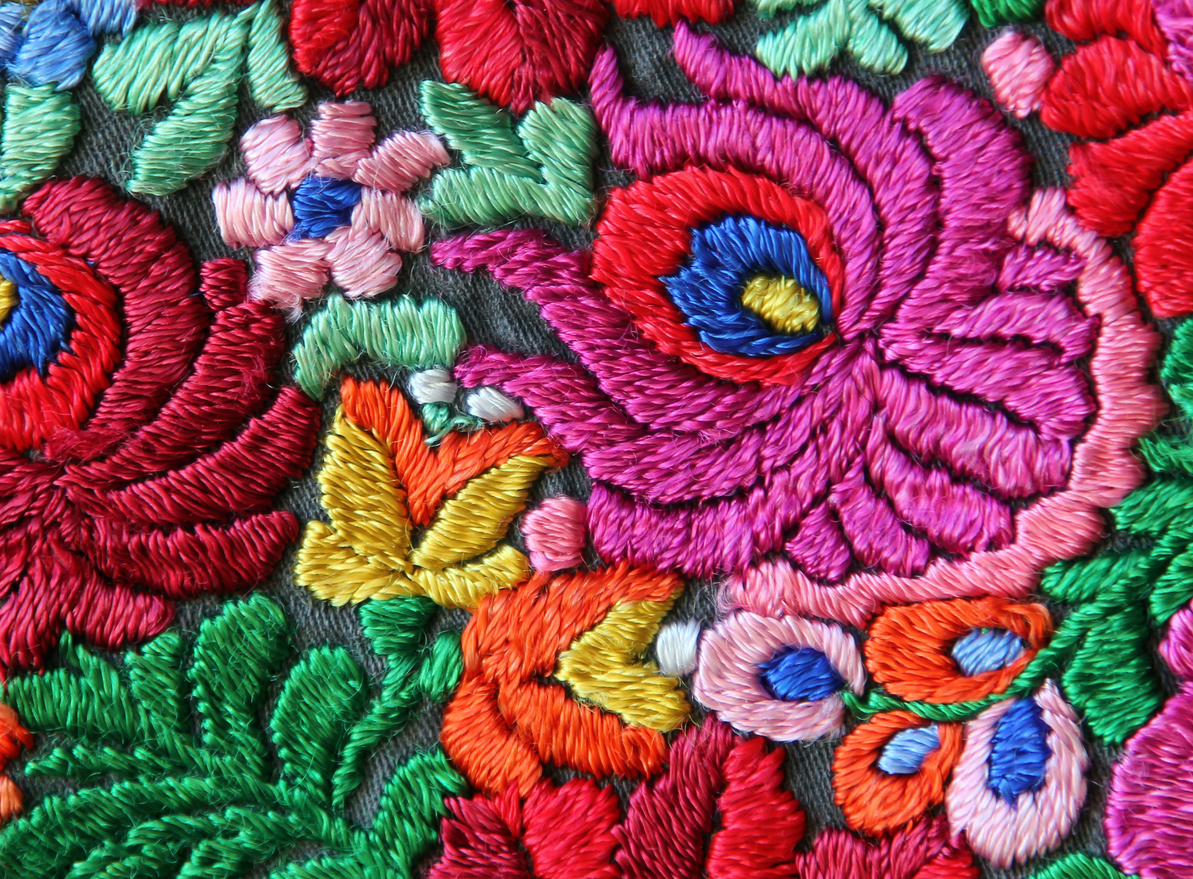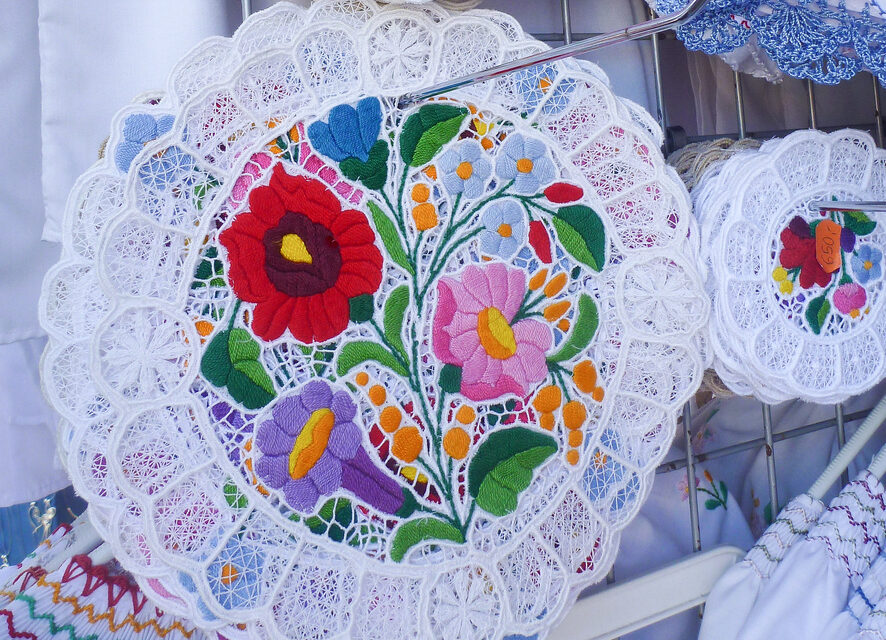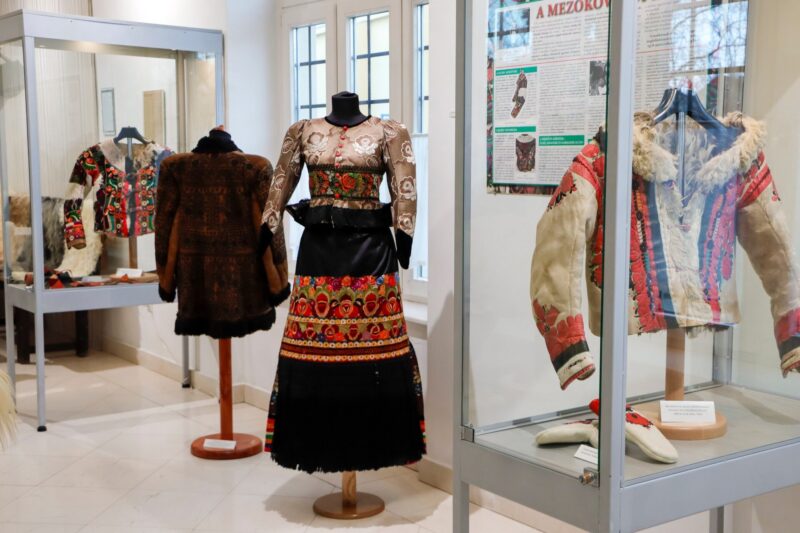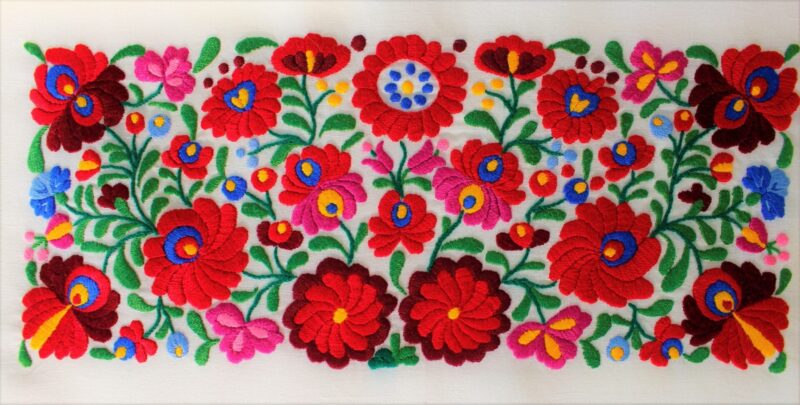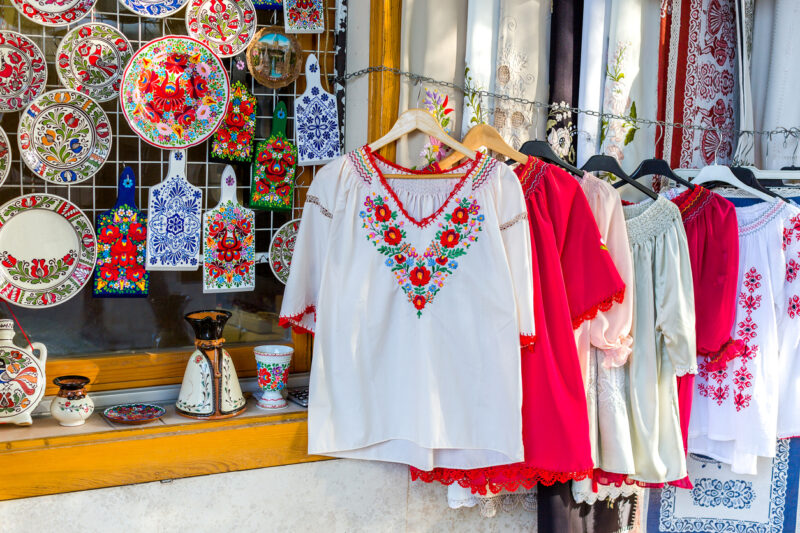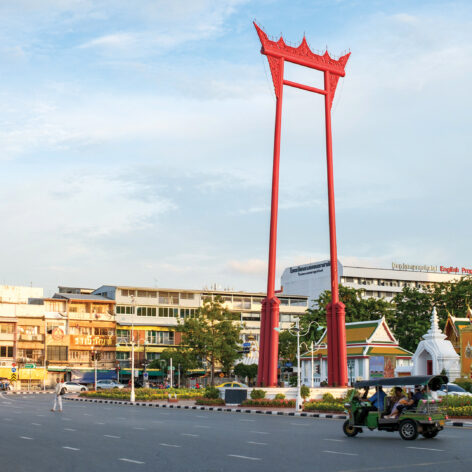Embroidery in Hungary is considered a form of folk art known all over the world for its beauty and sophistication which requires an eclectic range of craftsmanship and technical expertise. Both embroidery and earthenware, in addition to wood carving, stucco work and weaving have been passed down from generation to generation – all of which reflect the cultural heritage of Hungary. Hungarian embroidery is recognized throughout the world for its intricate pattern designs and techniques, all of which are unique to this country.
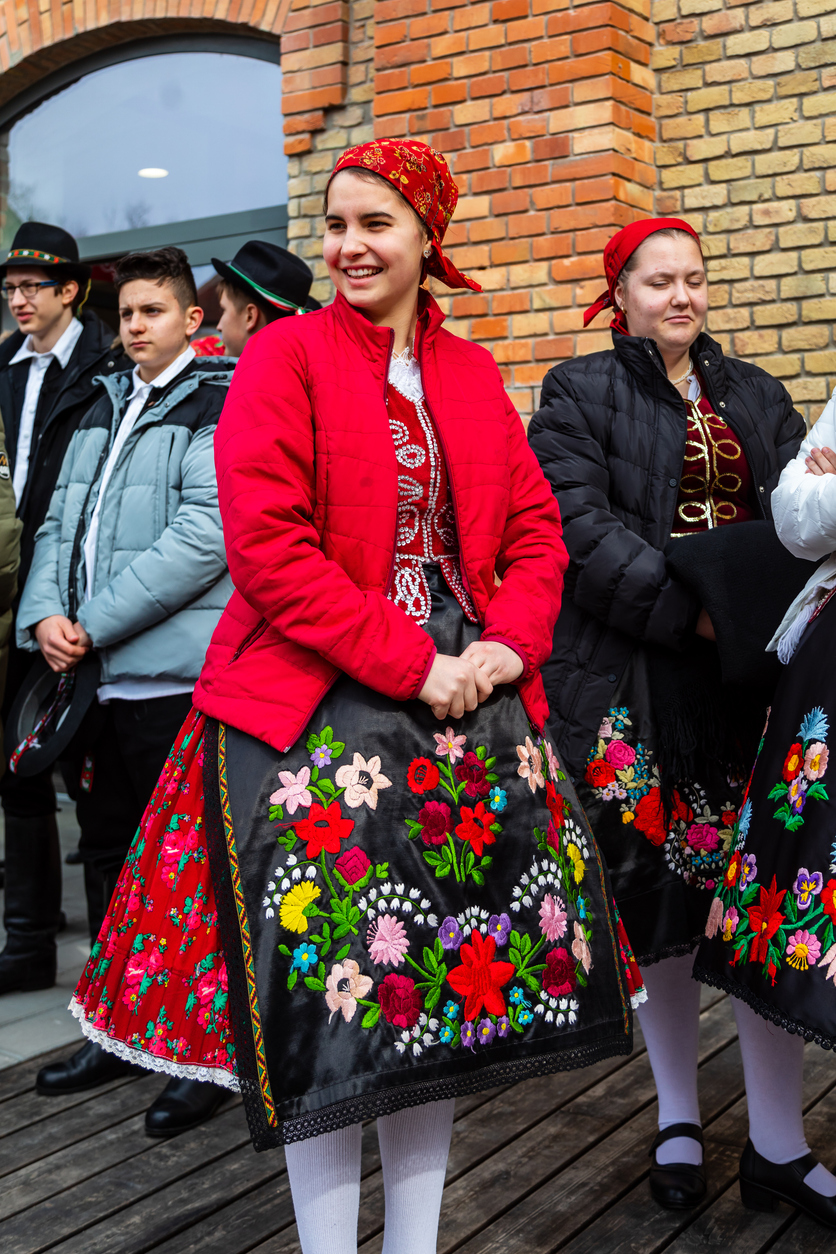
Hungarian embroidery has become famous globally for its beauty and unique patterns thanks to the success of the Folk Art Exhibition (Magyar Népművészeti Kiállítás) held at the National Gallery in 1886 in Budapest. Since then, it has become a cultural symbol representing ancient traditions of Hungary’s indigenous people and cultural heritage of more than 20 regions in the country. The most popular embroidered fabric products are Matyó, Kalocsa and Mezőkövesd.
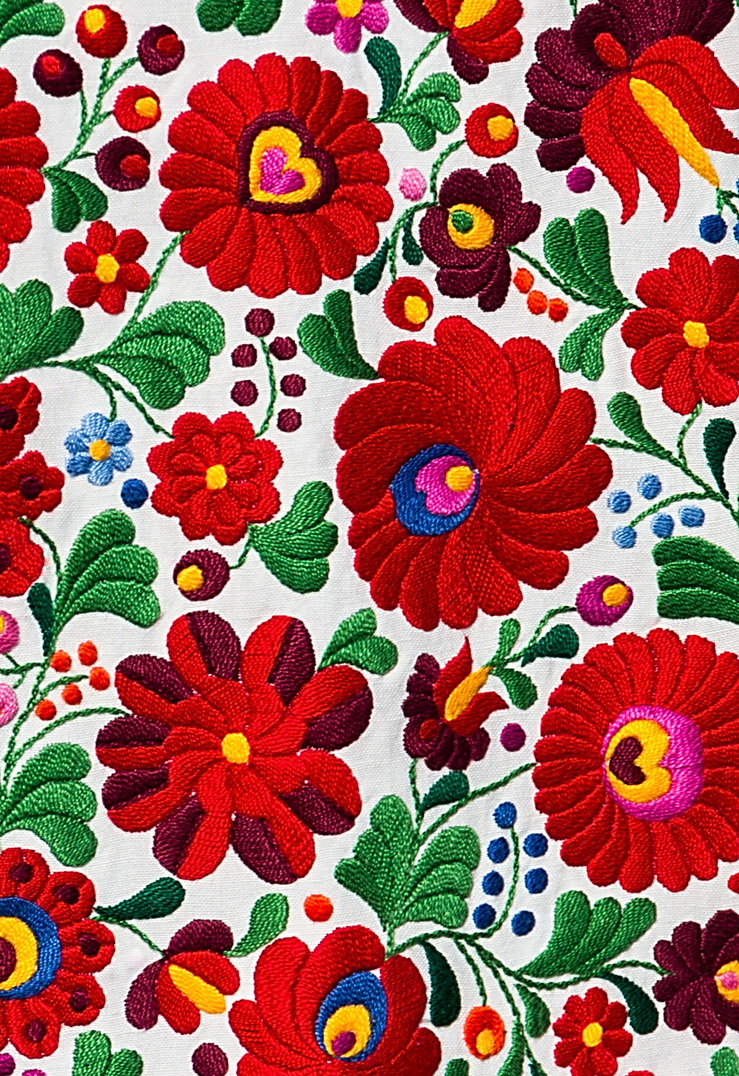
The Hungarian art of embroidery
Matyó is a traditional art of embroidery unique to the Matyó community in the northeastern region of Hungary. It features patterns in the form of flowers, leaves, and geometric shapes. Colors used in the said patterns are red, green, yellow, blue, and black – on either white or black clothes. A solid embroidery technique or Satin stitch, which is similar to the embroidery of Kalocsa in the south of Hungary, depicts florals, plants or geometric patterns using bright colors. With a white or black canvas, solid embroidery techniques are paired with embroidery or cutwork and used commonly for decorating clothing apparel, shawls, tablecloths, and napkins as such.


